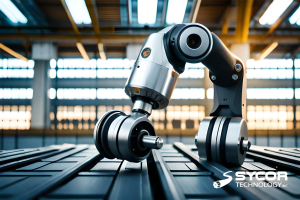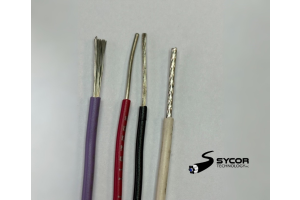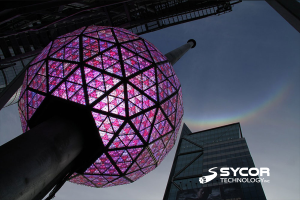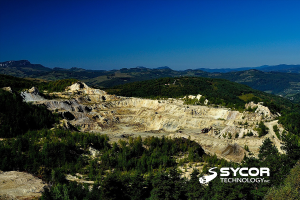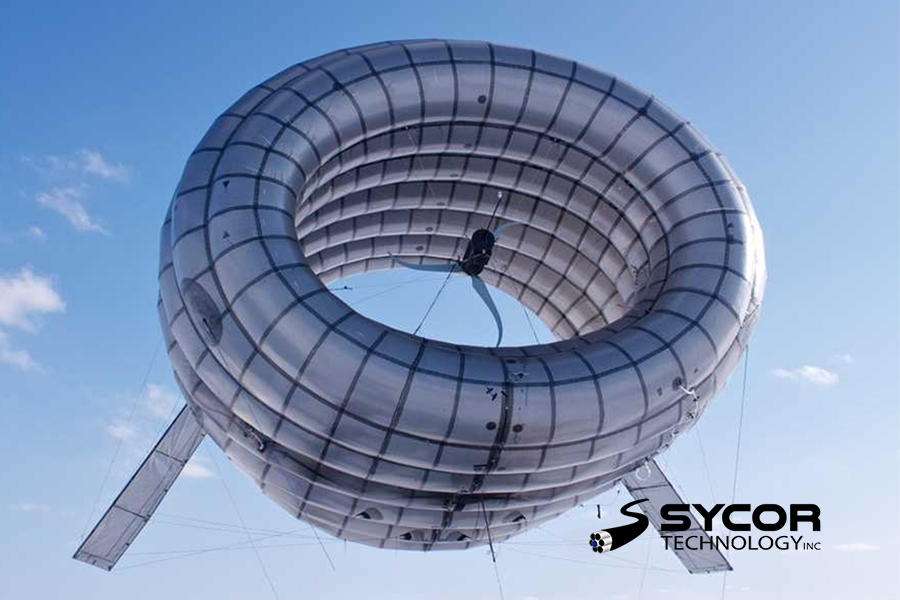
When it comes to renewable and sustainable forms of energy generation, few have such a far-reaching and well-documented history as wind power. Harnessing the power and propulsion of wind currents has been a cornerstone of advancements in agriculture, transportation, and technological development. It very well may also be at the forefront of the future of green energy as well, due to both the nature in which typical modern windmills (as well as some near-future options) operate and generate electricity, as well as their physical footprint in the area that they are situated. To reach a point as a society where complete reliance on renewable/sustainable energy, our future may have to be a windy one, however, the manner in which we capture this wind power is still subject to iteration. There are several new and emerging technologies that may serve as prototypes for the next generation of wind power.
Windmills (or technically speaking wind turbines) work by converting the wind’s kinetic energy into electricity through a set of spinning blades attached to a shaft, which in turn is attached to the turbine’s generator. These blades operate slightly differently to your typical ceiling or circulating fan, though they do operate under similar principles to a plane’s wing. In essence, the blades on a wind turbine work in tandem with multiple different sensors to position themselves in such a way that they can safely and effectively capitalize on wind currents. The blades utilize lift created by the currents blowing past and over them, which then causes the blade to spin, which then captures this kinetic energy in the turbine’s generator.
There are a lot of components that go into creating, operating, and capitalizing on the power captured by a turbine, products that are under the utmost scrutiny for their quality given the application. All products have to be engineered to withstand the challenging environments of wind farms and are resistant to oils, chemicals, fuels, solvents, and abrasion. Luckily, Sycor Technology Inc. has access to an extensive catalog of products for power generation markets, with wind generation being no exception. For access to any of the following, check out our corresponding product pages, or reach out to our sales team at [email protected] where you will be connected with an expert and provided with the best possible product for your application.
- Grounding Shunts
- Medium/High Voltage Transmission Cables
- Multi-Conductor & Multi-Pair
- Tray & Instrumentation Cable
- Variable Frequency Drive Cable
- Wind Turbine DLO Power Cable
However, some applications require specialized solutions, and as mentioned earlier the future of wind power generation is always evolving. Whether in attempts to minimize on the physical footprint required to set up and operate, or to reach new heights and acquire access to even stronger currents, there have been various diverging developments that may very well reshape the new norm of what wind generation will be.
Science fiction or fact: looking at BATs:
The first of which —and most science fiction-esc— is the B.A.T (buoyant air turbine). This technology began its development in the early 2010s, spearheaded by a team of recent graduates from MIT (Massachusetts Institute of Technology). The team had aimed to take the wind turbine off of structures, ridgelines, and mountains, and instead lift it 1000 feet into the air. These BATs would be able to utilize the same principles as their land-locked counterparts, however they would have access to much stronger and more steady currents due to their altitude, in theory meaning that they could be more productive than a wind turbine of the same size at lower altitudes.

Seen above is a dramatization of very similar technology, pictured in Disney’s Big Hero 6
Pros & Cons of the Buoyant Air Turbine:
In theory, these turbines would replace their predecessor’s physical footprint on the ground with a drastically smaller one, requiring a grounding point for the turbine to be tethered to as well as an access point for the energy to be transferred into the power grid. In addition to this, their relative portability would allow for setup in much more rural areas, allowing small and hard-to-reach communities to lower their reliance on non-renewable energy sources like diesel generators. Their tethers would also be connected to an automated reeling system, one that could alter the height of the BAT to ensure it is capturing the strongest current during times of operation. However, this technology was not without risks of its own, the first of which and most prominent being that Altaeros (the company behind the BAT) had designed the BAT to be filled with hydrogen gas.
Seen above is a photograph of the Hindenberg disaster in 1937
There is quite a concern when discussing a method of power generation involving friction and kinetic energy in tandem with a large amount of flammable gas in close proximity. In addition to this, there is a level of randomness and therefore uncontrolled movement to a generator being suspended in the air by a singular tether/power transmission cable. With both of these risks not being involved with more standard modern wind turbines, this is where risk vs. reward comes into play. Whilst it could be any of the above reasons, or even some other reason entirely, Altaeros has discontinued this project, publicly shifting their focus in the process, from high-altitude power generation to high-altitude communications transmission. This being said, there has been no shortage of other companies or ideas to carry on the torch of creating the future of wind generation.
Given the focus on capturing the power of wind, there have been other similar ideas and prototypes to that of the BAT, two of note being “Kitemills” and high-altitude wind turbines.
Both of these two ideas involve using more natural (and less potentially explosive forms) of lift, either through inert gases like helium or kites to lift and sustain the turbine(s) or other power generation device. And then like the BAT, utilizing a tether as a means of securing as well as transferring the generated electricity from the device to the power grid. Many companies have invested time as well as quite a bit of money into this sort of technology, including the likes of tech giant Google. While the individual design alters from company to company, the goal remains more or less the same; develop a way to obtain access to more steady and stronger currents, without littering the landscape with windmills. However, with these criteria in mind, there is another possible solution.
Offshore wind power
Both the US as well as a coalition of countries in Europe are in the midst of developing and acting on their plans to expand wind generation plants offshore in their respective countries, as the benefits of this type of wind power do not come with the same risks and operating conditions as their high-altitude counterparts. Wind currents offshore are both stronger and more consistent than currents inland. In addition to this, there are multiple geographic benefits due to the lack of physical interference, either by drastic changes in land or elevation, or human-made structures.
Under the Biden-Harris administration, there are plans to expand both fixed-point offshore as well as floating offshore wind power generation, with a key point of floating offshore wind being that it can be situated over much deeper waters than that of fixed-point, which has to be secured to the sea floor and as such is locked to much shallower waters. According to a release in 2022, the Department of Energy, Interior, Commerce, and Transportation, the US aims to be able to provide 15 Gigawatts of energy through floating wind power alone by 2035, which would be enough to power 5 million homes.
In a coalition consisting of France, Norway, England, Germany, Belgium, the Netherlands, Ireland, Denmark, and Luxembourg, these countries have allied themselves in order to shift their focus on power generation away from environment-damaging non-renewables. Sparking a project that the prime minister of Belgium has labeled “Europe’s biggest green power plant.” There are quite lofty goals set for this continent-spanning power plant, with the nine countries involved aiming to boost their combined offshore wind capacity to 120GW by the end of this decade, and to more than double that number up to 300GW by 2050. This of course does come with the added benefit of lessening the current European reliance on Russian gas, and in doing so radically reducing the use of CO2-emitting fossil fuels.
Conclusions:
While the ocean certainly does provide its own risks and difficulties for setting up a clean and sustainable power source for human populations, given both the desire and the requirement to wean humanity off of destructive forms of power generation, offshore wind power certainly serves as the most feasible next iteration in the domain of harnessing wind power. And even though the most current ideas, prototypes, and results did not springboard high-altitude wind power generation into the forefront of development, that door still remains open for future experimentation and development. In either case, one thing that is sure is that wind power will play a pivotal role in creating a green and sustainable future.
For more information about us:
Call Toll Free - 1.800.268.9444 or Email Us - [email protected]

